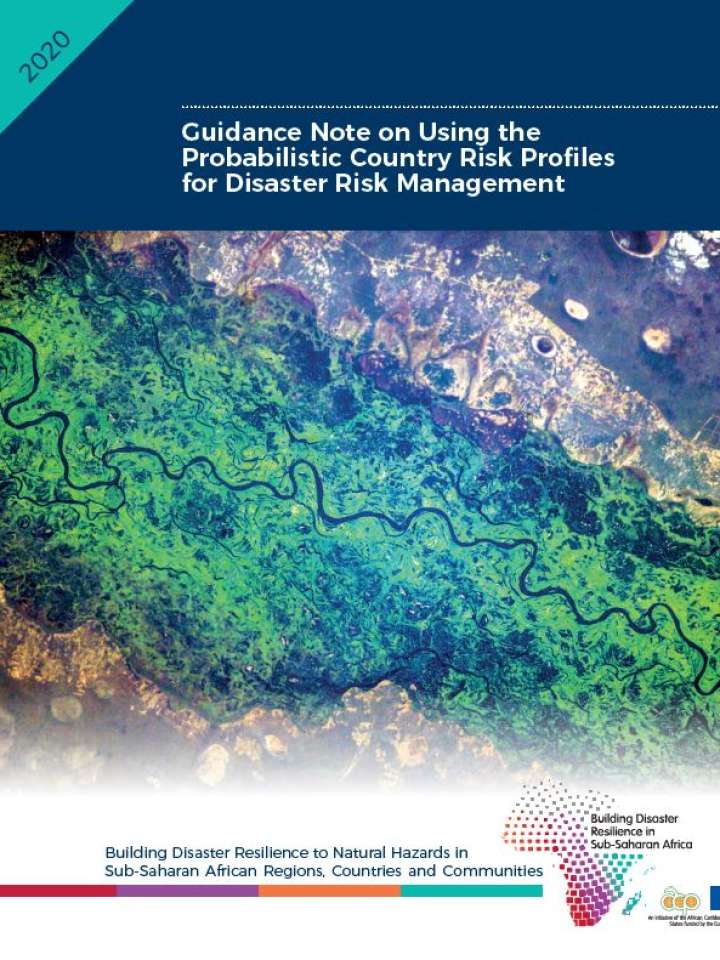Guidance Note on Using the Probabilistic Country Risk Profiles for Disaster Risk Management
In 2018, as part of the “Building Disaster Resilience to Natural Hazards in Sub-Saharan African Regions, Countries and Communities” programme, UNDRR, with the help of CIMA Research Foundation, VU Amsterdam, and Wageningen University and Research developed country risk profiles based on a probabilistic risk assessment methodology for floods and droughts at the national level in sixteen African countries. Through a quantitative estimation of the impacts of floods and droughts and their associated likelihood in the present, as well as in a projected future, the probabilistic country risk profiles provide a comprehensive view of risk of floods and droughts in a changing climate.
The country risk profiles improve the understanding of risk at the national and sub-national levels by providing quantifiable data on economic and population disaster impacts. They can be an important tool for informing disaster management actions already in place or, used as a first step towards designing new actions to curb the deadly cost of disasters. However, given
the complexity and density of the probabilistic approach, the potential uses of the country risk profile are often not fully understood.
This guidance document therefore outlines a number of practical applications, aiming to promote the use of probabilistic risk information.

